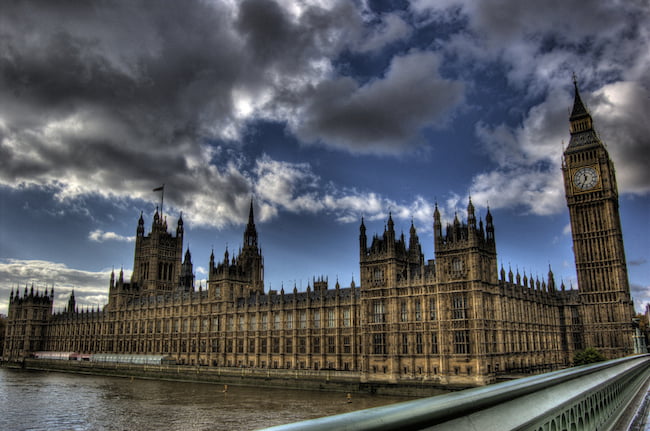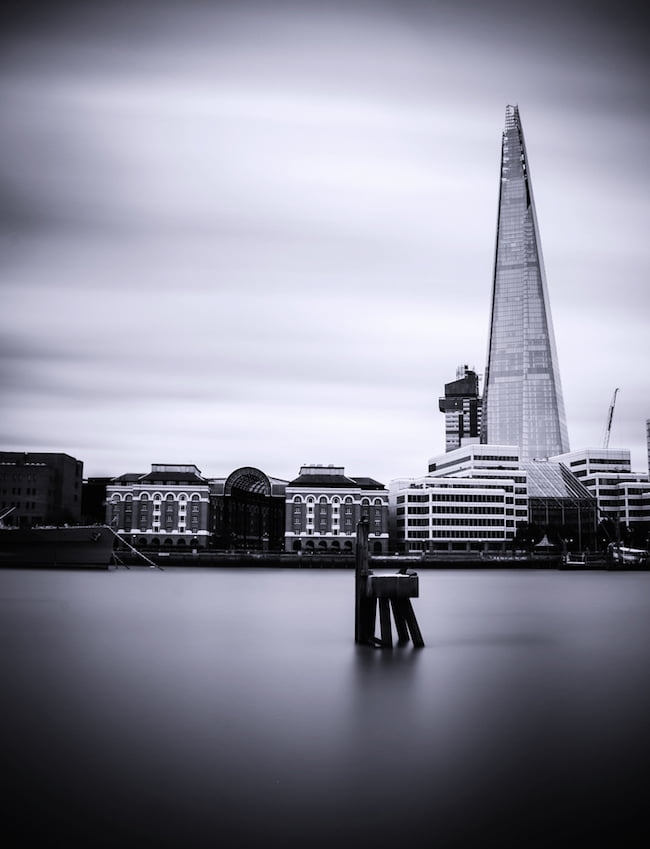 Image via Pedro Ignacio Guridi
Image via Pedro Ignacio Guridi
We’ve given you a history lesson on the the Mughal empire in India, admired the speed of development in Dubai, studied the minimalist approach in Japan, and now we’re going to take you to one of the classiest cities in the world: London.
Past
We’re all familiar with the Queen and her family, so we know that London has plenty of beautiful castles and homes for the royal family. Many of our favourite landmarks, from Westminster Abbey to the Tower of London were built far before even your great-great-great grandparents were born, and survived the Great Fire of London in September, 1666.
 Image via Ep Jhu
Image via Ep Jhu
London, like many other European cities, was built hundreds of years ago and the architects and builders of that time did not account for things like Hummers, condominium developments, and giant skyscrapers. Walking along the streets of London will have you feeling as if you’re back in the 1800s because historical preservation is very important to the city.
Many of inner London’s buildings were built in the Georgian Era (1714-1830, due to the Fire ravaging half the city) and it’s easy to distinguish between those homes and any that were built later. For example, Georgian homes in the suburbs were usually constructed from London stock brick, and some more prestigious ones were made with stucco.
Present
We mentioned previously that because London is an older European city, having been developed hundreds of years ago, its skyline is not dominated by skyscrapers, tall condominium buildings and the sort. However, that doesn’t mean London doesn’t know a thing or two about current architecture trends.
The Shard is the tallest building in the European Union, and stands 1,016 ft tall, and opened in 2012. It was designed by Renzo Piano, considered to be one of the world’s greatest architects, and has Maison Hermes store in Tokyo the Harvard Art Museums in his portfolio.
 Image via Steve Cole
Image via Steve Cole
The London Eye is one of our favourite attractions in London – you can see the entire city from atop the giant Ferris wheel. The entire structure is 443 ft tall, and the wheel has a diameter of 394 ft., and opened on New Year’s Eve in 1999, formally by then Prime Minister Tony Blair.
 Image via Michael Derby
Image via Michael Derby
Future
While London pays homage to their roots by preserving hundreds of old buildings, castles and other landmarks, there’s still room to grow. At the moment, there are 179 buildings under construction, and several others approved. There are also proposals for over 230 new tall buildings to be built in London over the next decade, 80% of which are residential.
The beauty of London’s skyline isn’t because of skyscrapers, or rather lack thereof, but because they’ve managed to make the most of a mix of architectural landmarks that define the city, and added in some stunning modern pieces – like The Shard, and the London Eye.
Excited to see what’s next for London!
